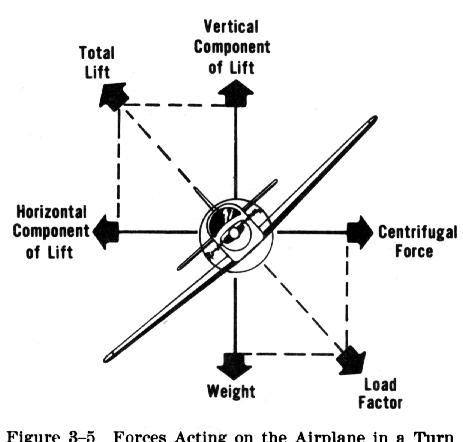denverpilot
Tied Down
Guess I'm jaded, as I assumed that since the guy who started this thread was new and his question sure sounded familiar, maybe he was KT.
LOL! No worries. I would have suspected the same thing if I read it two days ago. Wow what a week with that one... Everywhere. I couldn't click on anything anywhere without seeing the rant again. Haha.

